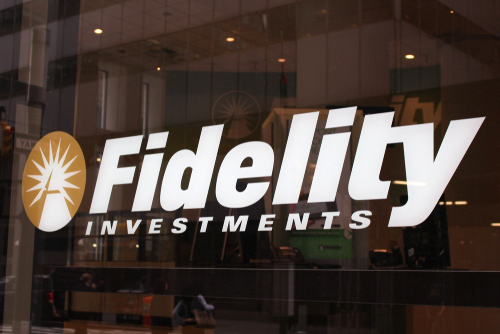What Led the World’s Largest Brokerage to Fully Integrate Crypto After 1 Year of Testing?
In late 2017, Fidelity, one of the largest brokerages and asset managers with 7.2 trillion in assets under management as of October 2018, launched its first crypto initiative.
By partnering with Coinbase, the biggest crypto-to-fiat exchange in the global market, Fidelity enabled its clients to track investments in major cryptocurrencies like Bitcoin and Ethereum through the Fidelity Portfolio Summary View.
At the time, Fidelity did not directly integrate cryptocurrencies into its infrastructure and only allowed investors that are registered with Coinbase to invest in the emerging asset class, most likely to test the market and the demand from investors for crypto.
Within 1 year, Fidelity has gone from studying and evaluating the crypto market to fully integrating digital assets into its platform.
Why is Fidelity Committed?
Since last year, Fidelity has maintained an open-minded stance towards cryptocurrencies and blockchain technology.
Hadley Stern, senior vice president and managing director at Fidelity Labs, told The Street in August 2017 that the investment firm does not underestimate the disruptive nature of the blockchain, even though consensus currencies still require significant work in infrastructure development and adoption to grow.
“Bitcoin and other blockchain technologies are emerging from their infancy but mass adoption is still many years away. Additionally, don’t underestimate their disruptive nature. Just as many other technologies have done in the past, Bitcoin and blockchain will transform how we manage our finances,” said Stern.
Around the same time, CCN reported that Fidelity mined cryptocurrencies for a brief period of time, to better understand and analyze the structure of digital assets. Stern explained the initiative was driven by Fidelity Labs as an experiment to learn how consensus, difficulty levels, and the network of Bitcoin operate.
Axel Pierron, managing director of bank consultant Opimas, stated that the ambitious decision of Fidelity to mine digital currencies was a response to increasing inquiries from its clients. Pierron explained:
“They’re clearly receiving interest from their clients, both from retail investors and on the institutional side. It’s highly volatile, it’s highly illiquid when you need to trade large volumes, so they see the opportunity for a new asset class which would require the capability of a broker-dealer.”
Since its partnership with Coinbase and the implementation of crypto onto the Fidelity Portfolio Summary View, it is highly likely Fidelity observed a significant increase in interest and demand for cryptocurrencies from its clients.
Similar to Goldman Sachs, Citigroup, NYSE, Bakkt, and TD Ameritrade, Fidelity has disclosed its intent to commit to serving investors that are interested in investing in the cryptocurrency market through a strictly regulated and transparent channel.
Founding head of Fidelity Digital Assets Tom Jessop said in an interview:
“This is a recognition that there is institutional demand for these assets as a class. Family offices, hedge funds, other sophisticated investors are starting to think seriously about this space.”
Not Merely Retail Investors
The 2017 rally of Bitcoin which saw the dominant cryptocurrency achieve a price of $20,000, was purely driven by retail traders and individual investors.
As hedge funds and institutional investors begin to invest in the asset class through Fidelity and other brokerages that are faciliating crypto trades, an influx of capital into the crypto market can be expected in the months to come.

